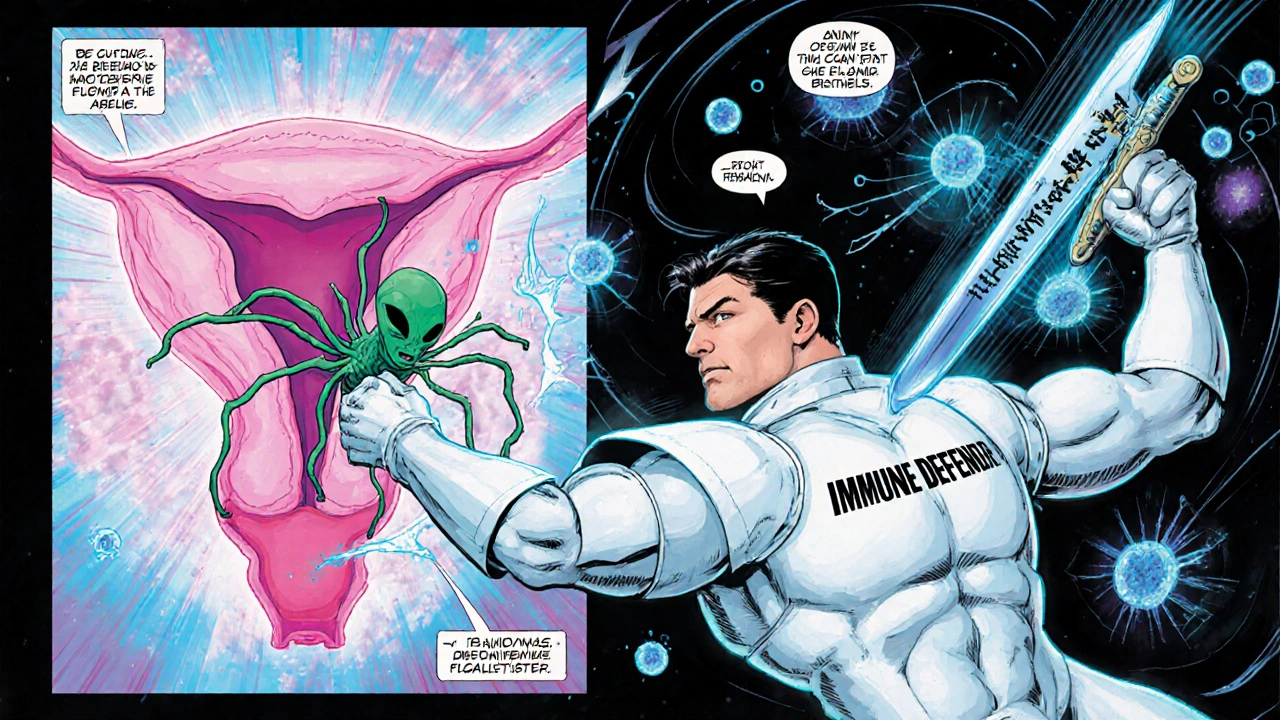Trichomoniasis: What You Need to Know
When dealing with Trichomoniasis, a common protozoan sexually transmitted infection caused by Trichomonas vaginalis. Also known as trich, it mainly targets the urogenital tract and can spark irritation, abnormal discharge, and an elevated risk of other infections. Sexually transmitted infections, infections passed through sexual contact form a broader health category that includes Trichomoniasis, chlamydia, gonorrhea, and HPV. Understanding where this parasite fits helps you see why routine screening is a smart move, especially if you have new or multiple partners. The parasite thrives in warm, moist environments, so it spreads easily during unprotected intercourse. Recognizing that Trichomoniasis is a type of sexually transmitted infection frames the problem as both a personal and public‑health issue, prompting early testing and treatment to break the transmission cycle.
Symptoms can be subtle or downright uncomfortable, which is why accurate diagnostic tests, laboratory methods that confirm the presence of Trichomonas vaginalis are essential. Women often notice frothy, yellow‑green vaginal discharge, a burning sensation during urination, or itching around the vulva. Men may experience mild urethral irritation or a slight discharge, but many stay completely asymptomatic. Because the signs overlap with other STIs, clinicians rely on a combination of microscopic examination, rapid antigen tests, and nucleic acid amplification tests (NAATs) to pin down the culprit. Early detection not only relieves symptoms faster but also prevents complications such as pelvic inflammatory disease, infertility, or increased susceptibility to HIV. If you suspect an infection, ask your provider for a test; the process is quick, inexpensive, and confidential.
Once confirmed, the cornerstone of therapy is an antiparasitic therapy, medication that kills or inhibits the protozoan parasite—most commonly a single dose of Metronidazole, the first‑line drug for treating Trichomoniasis. A typical 2‑gram oral dose clears the infection in over 95% of cases, though a 500 mg twice‑daily regimen for seven days is an alternative for persistent infections or when alcohol consumption is a concern. Partner treatment is crucial; untreated partners act as reservoirs, driving reinfection rates as high as 25% within three months. In addition to medication, patients should avoid sexual activity until both partners finish treatment and symptoms resolve. Understanding Trichomoniasis and following the full treatment plan dramatically cuts the chance of recurrence and protects future sexual health. Below you’ll find a curated collection of articles that dive deeper into drug interactions, side‑effects, and practical tips for managing this infection.
